Multi-layered security is the key to keeping data safe – here’s why
A robust cyber resilience strategy requires multiple layers of defense to safeguard business-critical data against an increasingly sophisticated threat landscape
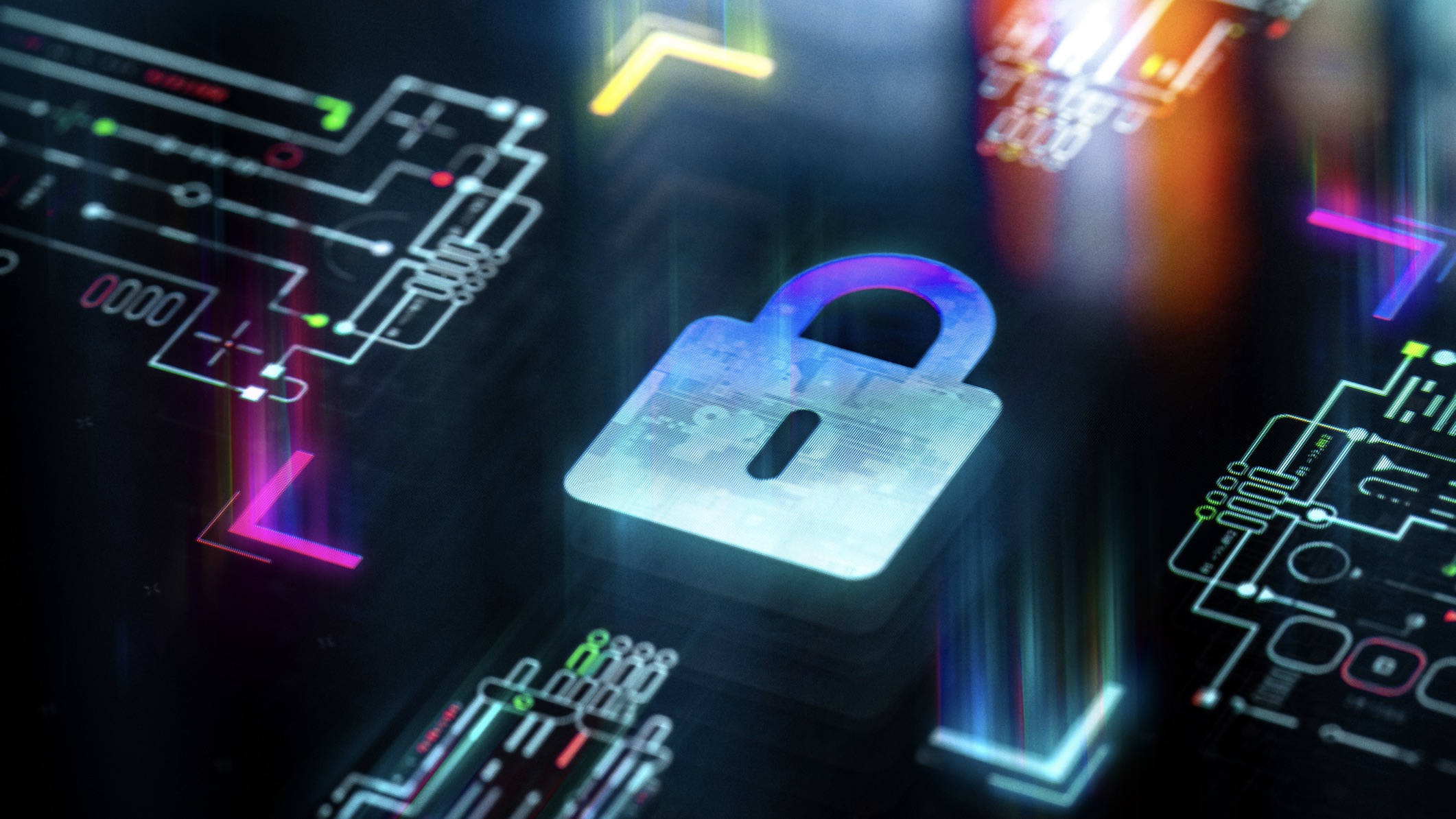
The rise in cyber threats, particularly ransomware, has made it clear that organizations are really struggling to keep up with the pace and sophistication of modern attacks.
The majority (96%) of IT and security leaders believe the threat of cyberattacks has or will increase this year, according to Cohesity's 2024 Global Cyber Resilience Report. Additionally, 67% of organizations said they had already fallen victim to ransomware in the first half of the year.
“Destructive cyberattacks, such as ransomware or wiper attacks, are not a matter of 'if' but 'when,' and they threaten business continuity,” said James Blake, global cyber resilience strategist at Cohesity, in the report.
Despite the rapidly growing threat landscape, many organizations (some 78% according to the Cohesity report) remain overconfident in their ability to defend against and recover from attacks. What’s more, the study found that just two percent of companies were in a position where they could adequately recover and come back from an attack within 24 hours.
This leaves organizations in an extremely vulnerable position. The threats are growing, but so too is complacency. What’s more, less than half of firms have implemented basic zero trust security controls such as multi-factor authentication (MFA) and role-based access controls (RBAC), leaving critical systems exposed to internal and external threats.
Cohesity's survey also revealed that some 69% of organizations paid ransoms in the past year, despite having "do not pay" policies, and a significant number of respondents were willing to pay over $1 million to recover their data.
This dissonance between perception and reality underscores the urgent need for more robust, multi-layered security strategies to address the growing challenges posed by cyberattacks. Organizations must prioritize closing these gaps to enhance their cyber resilience and safeguard against the escalating threat landscape.
Multi-layered security: The key to keeping data safe
This reality emphasizes the urgent need for a multi-layered, "Swiss cheese" security approach. This strategy involves implementing multiple, independent layers of protection to minimize vulnerabilities. Each layer acts as a barrier, reducing the likelihood that a single breach can lead to a catastrophic failure. This approach is crucial in the current threat landscape, where the speed and sophistication of cyberattacks are constantly evolving.
A comprehensive multi-layered strategy should include:
1. Robust data backup and recovery solutions
2. Advanced access controls. For example multi-factor authentication (MFA), role-based access control (RBAC), and quorum rules.
3. Machine learning and automation for threat detection and response
4. A multi-vendor approach to avoid single points of failure
By incorporating solutions from multiple vendors, organizations can leverage diverse strengths to build a more robust security framework. This approach also helps address the gap between confidence and capability in identifying sensitive data and complying with regulations, as revealed by Cohesity's survey.
Integrating a variety of security solutions is essential for creating a more cohesive and resilient security posture. By centralizing data security, organizations can streamline incident detection and response, ensuring faster reaction times to potential threats. This integration enables better visibility across systems, allowing security teams to quickly identify and address vulnerabilities before they can be exploited.
The strategic role of APIs in cyber resilience
Application Programming Interfaces (APIs) are crucial for integrating security solutions and automating workflows, enhancing rapid threat response. As businesses adopt multi-layered security, APIs become increasingly vital for seamless communication between tools and platforms.
APIs enable different security solutions to work together, automating tasks like data classification, anomaly detection, and incident response. This integration maintains a comprehensive view of an organization's security posture and coordinates responses across systems.
APIs also play a critical role in data security by enabling monitoring and management of data access across environments. This is particularly important for regulated industries, ensuring compliance with data privacy laws. Cohesity's survey found just 42% of respondents felt capable of identifying sensitive data and complying with regulations. APIs can bridge this gap by providing tools to track data flows and enforce consistent access controls.
Essential security capabilities for modern cyber resilience
As cyber threats evolve, certain security capabilities have become non-negotiable for protecting critical data. Zero trust security, which assumes no entity can be trusted by default, is quickly replacing traditional perimeter-based models. This approach offers more robust protection by requiring continuous verification of all users and devices accessing sensitive systems.
Core elements of a zero trust strategy include multi-factor authentication (MFA), role-based access control (RBAC), and quorum controls. However, according to Cohesity’s survey, only 52% of organizations have implemented MFA, and just 46% are using RBAC, leaving significant gaps in their defenses. Quorum controls, which require multiple approvals for critical actions, provide an additional layer of protection against unauthorized modifications or access.
Implementing zero trust not only demands technological upgrades but also requires a cultural shift, with organizations needing to educate employees about strong access controls and the importance of recognizing potential threats.
Building a resilient future
As cyber threats become more frequent and sophisticated, businesses can no longer rely on outdated security models. A multi-layered, integrated approach is essential for protecting critical data and ensuring business continuity.
As Brian Spanswick, CISO and CIO of Cohesity, aptly stated: “The most vital element of cyber resilience is the ability to recover business-critical data that restores key business processes. But you can’t restore critical data if you don’t secure it first from external or internal threats.” By adopting advanced security measures, leveraging the power of machine learning and automation, and working with trusted partners like Cohesity, organizations can build a more resilient future.
Cohesity stands out as a leader in cyber resilience, offering a comprehensive platform that integrates data protection, security, and management capabilities. Their innovative data security platform leverages AI and machine learning to provide advanced threat detection, automated responses, and rapid recovery capabilities. This integrated approach helps businesses protect critical data, respond to threats in real time, and recover quickly from disruptions.
Cohesity’s leadership in cyber resilience is also recognized by industry analysts, with the company earning a spot in Gartner’s Magic Quadrant for data security solutions. This recognition highlights Cohesity’s ability to help organizations strengthen their security posture and enhance their resilience against today’s cyber threats.
Now is the time to assess your cyber resilience strategy, identify gaps, and take proactive steps to safeguard your organization. With the right tools, processes, and partners like Cohesity in place, you can not only withstand today’s threats but also adapt and thrive in the face of future challenges.
Sign up today and you will receive a free copy of our Future Focus 2025 report - the leading guidance on AI, cybersecurity and other IT challenges as per 700+ senior executives
ITPro is a global business technology website providing the latest news, analysis, and business insight for IT decision-makers. Whether it's cyber security, cloud computing, IT infrastructure, or business strategy, we aim to equip leaders with the data they need to make informed IT investments.
For regular updates delivered to your inbox and social feeds, be sure to sign up to our daily newsletter and follow on us LinkedIn and Twitter.
-
 Trump's AI executive order could leave US in a 'regulatory vacuum'
Trump's AI executive order could leave US in a 'regulatory vacuum'News Citing a "patchwork of 50 different regulatory regimes" and "ideological bias", President Trump wants rules to be set at a federal level
-
 TPUs: Google's home advantage
TPUs: Google's home advantageITPro Podcast How does TPU v7 stack up against Nvidia's latest chips – and can Google scale AI using only its own supply?
-
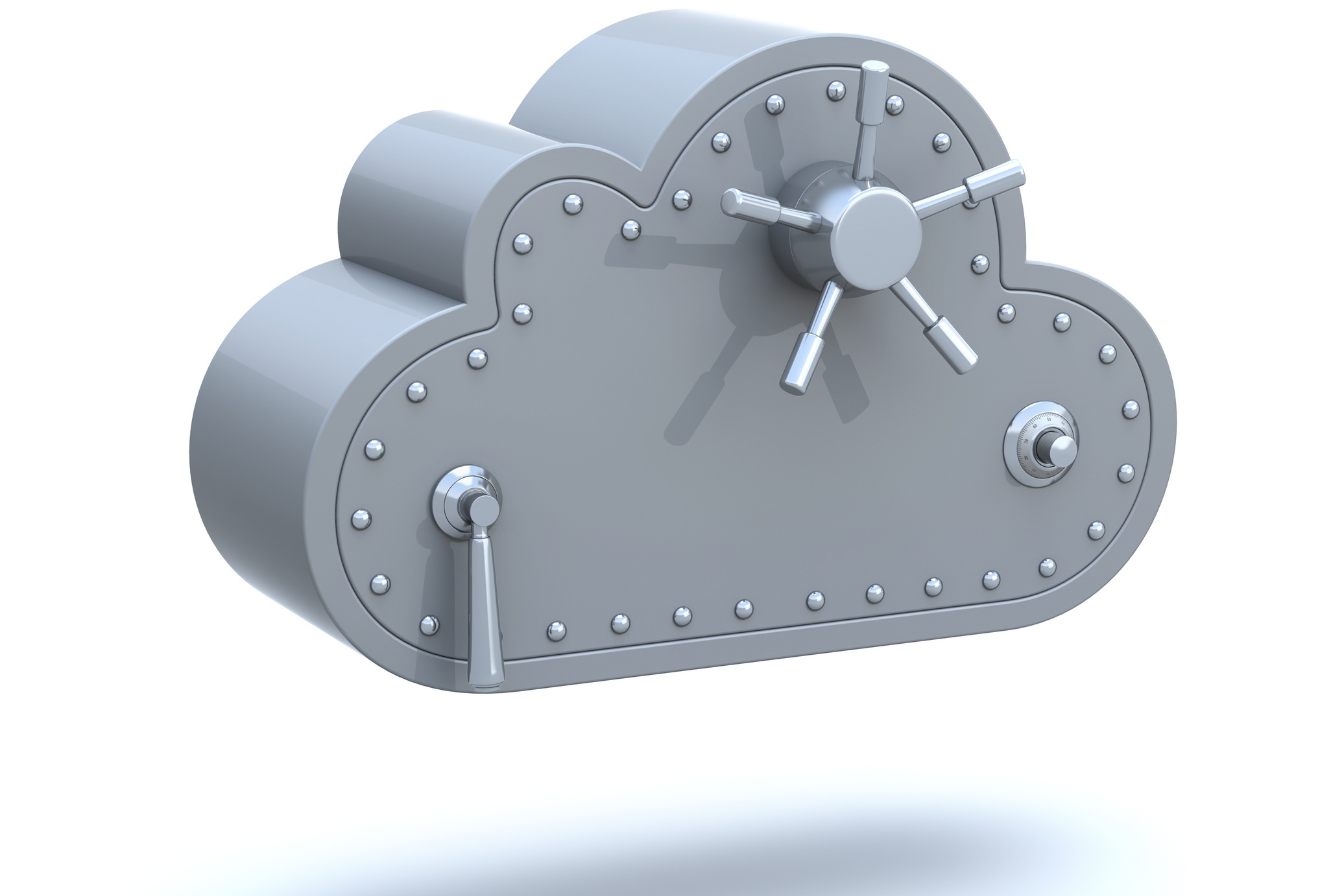 The role of multi-cloud in improving security
The role of multi-cloud in improving securitySponsored Content The benefits of a multi-cloud approach can only be fully enjoyed with proper oversight of one’s data and a clear plan for disaster recovery
-
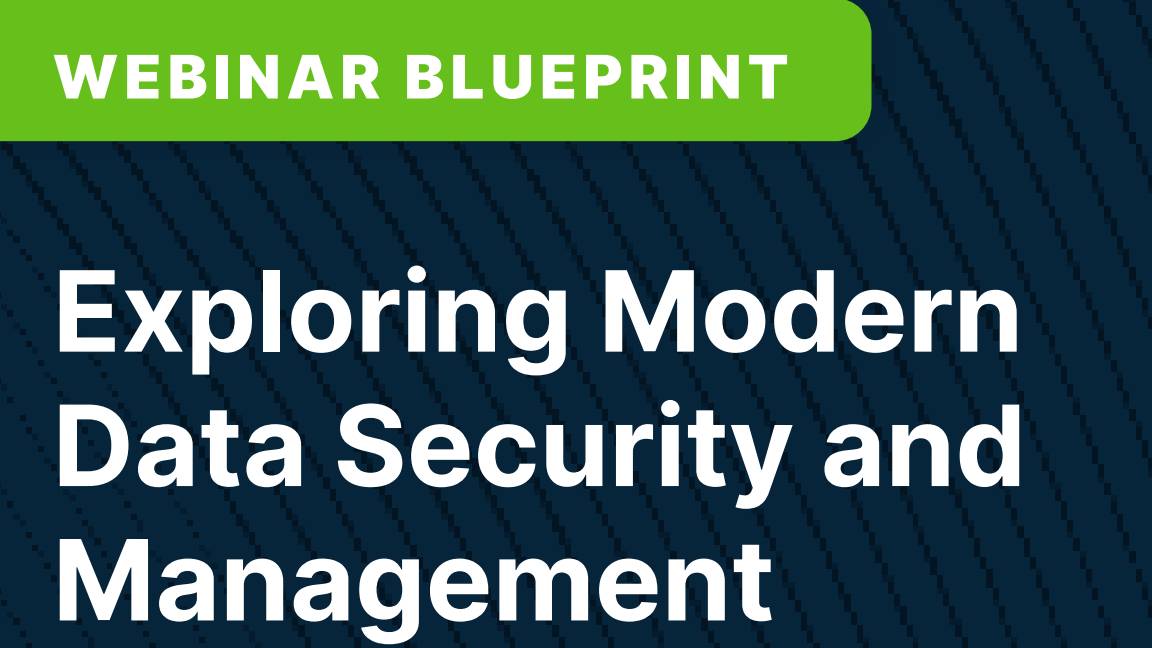 Webinar blueprint: Exploring modern data security and management
Webinar blueprint: Exploring modern data security and managementThe must-have capabilities for intelligent ransomware defense
-
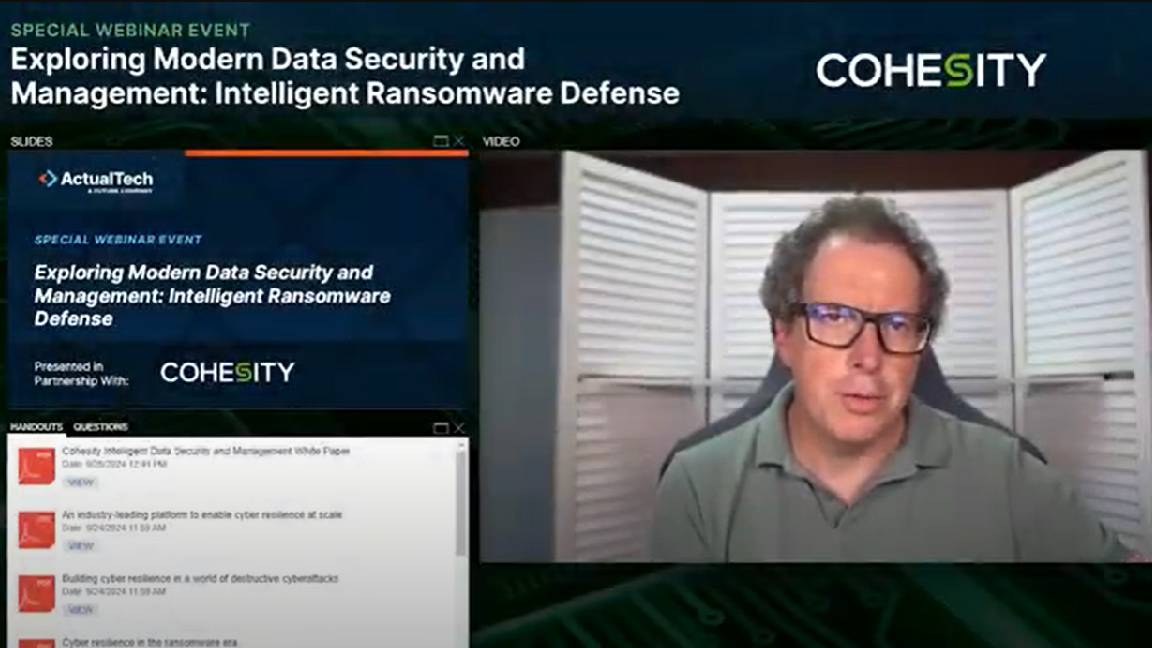 Exploring modern data security and management: Intelligent ransomware defense
Exploring modern data security and management: Intelligent ransomware defenseLearn about the latest trends in ransomware attacks
-
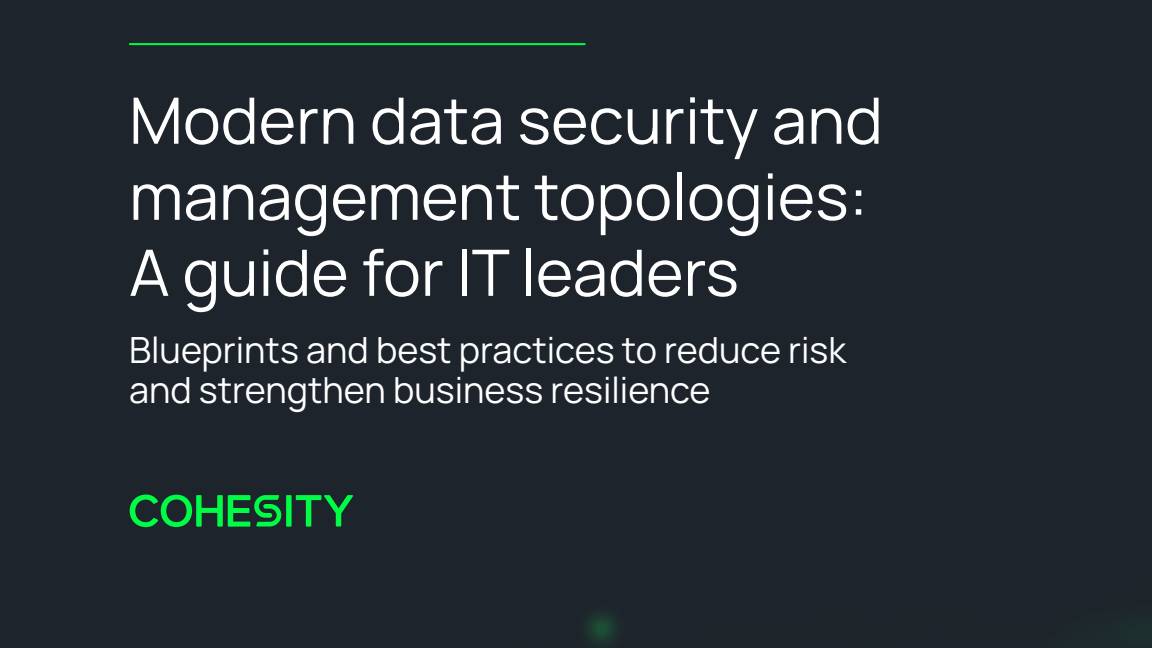 Modern data security and management topologies: A guide for IT leaders
Modern data security and management topologies: A guide for IT leadersModern data security and management topologies: A guide for IT leaders
-
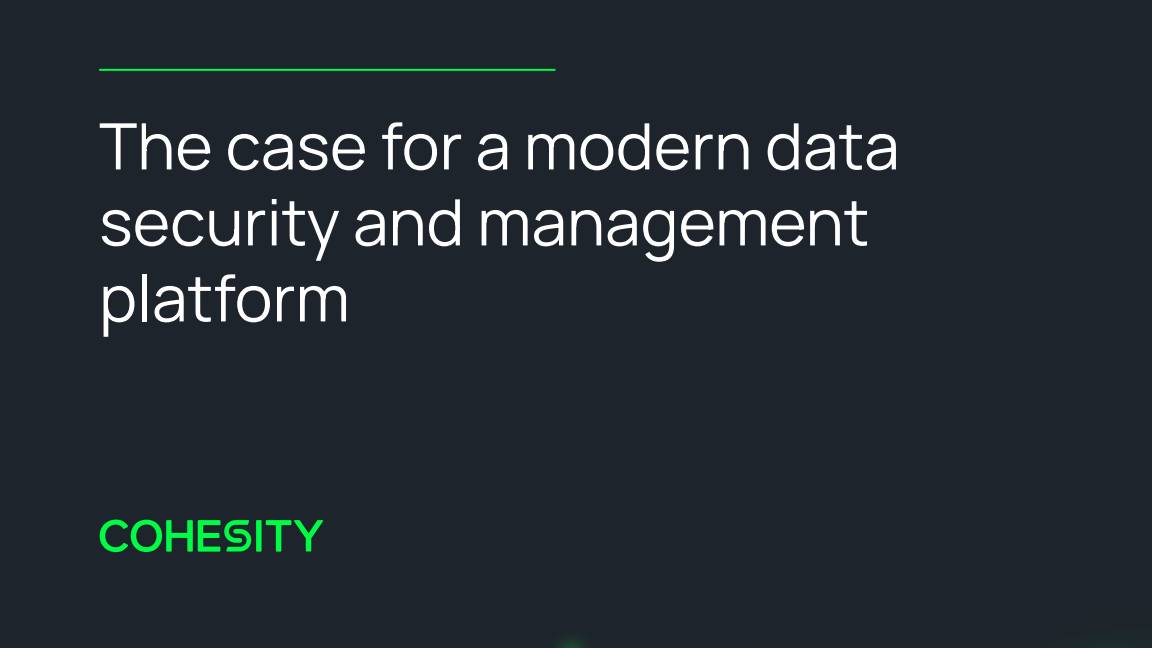 The case for a modern data security and management platform
The case for a modern data security and management platformThe case for a modern data security and management platform
-
 Modern data security and management topologies: A guide for IT leaders
Modern data security and management topologies: A guide for IT leadersModern data security and management topologies: A guide for IT leaders
-
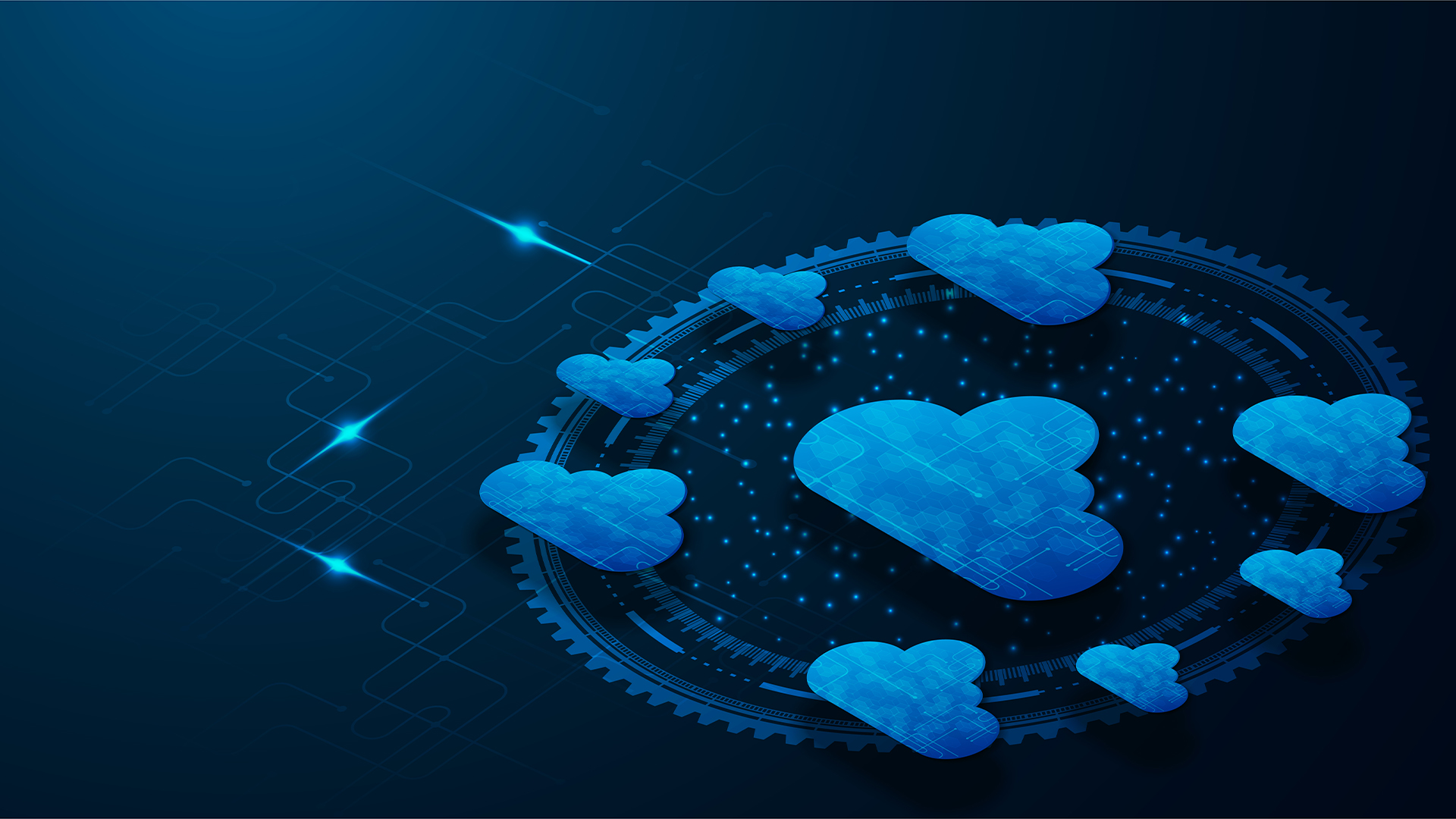 Multicloud data protection and recovery
Multicloud data protection and recoverywhitepaper Data is the lifeblood of every modern business, but what happens when your data is gone?
-
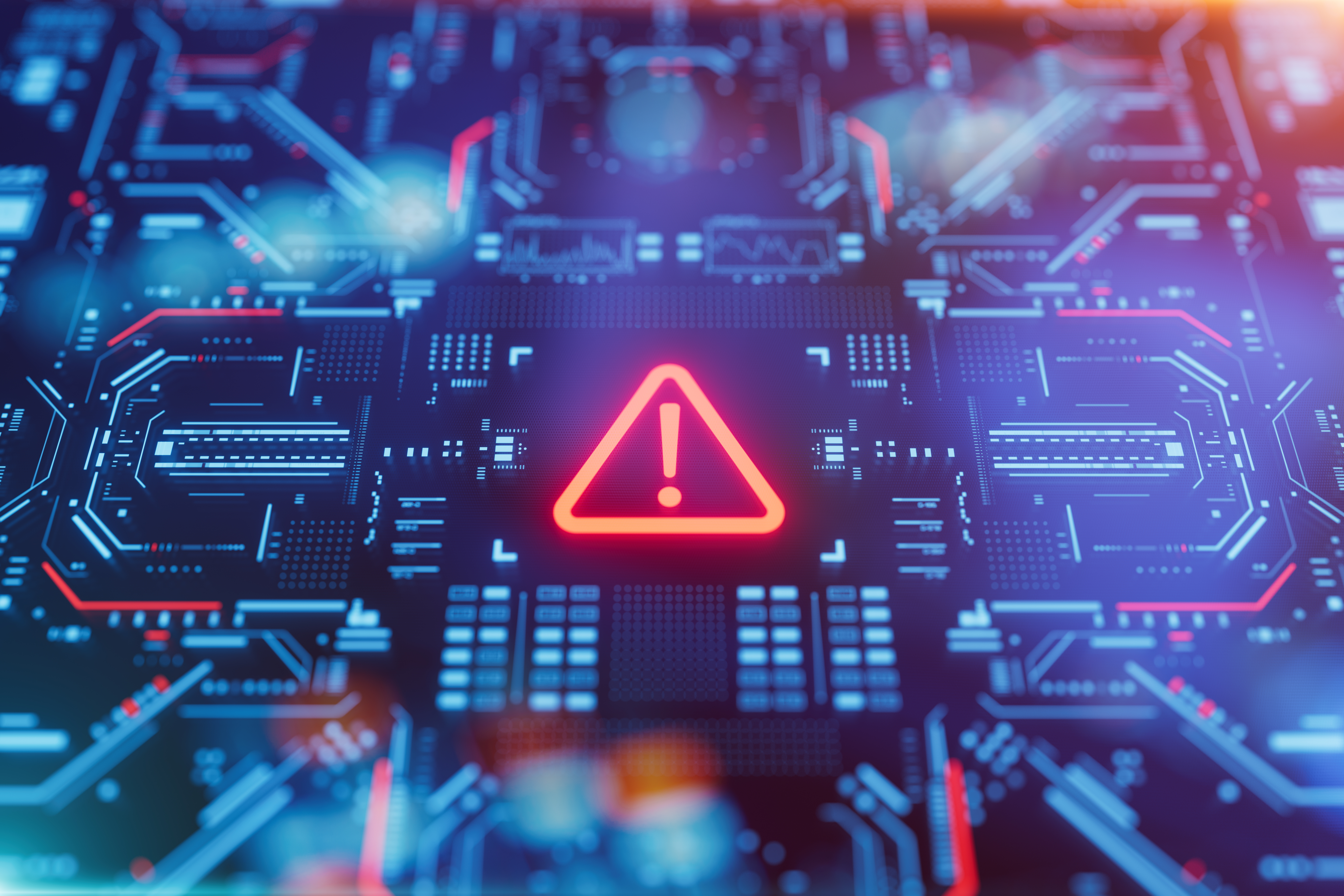 Intelligent data security and management
Intelligent data security and managementwhitepaper What will you do when ransomware hits you?

